Tokyo is huge! What to do in Tokyo,
one of the largest cities on earth?
The choice of Tokyo sights is huge. How is one supposed to get a grip on this ocean of possibilities? After all, skipping Tokyo while travelling Japan is simply not an option. When I was in Tokyo in April 2014 during the cherry blossom season, I deliberately did not read any guidebooks, because I knew otherwise I’d only be getting a headache from the overwhelming amount of Tokyo and Japan travel tips. Instead I let them give me information locally and I researched by keyword on the internet. And you can believe me, if you are not planning to spend your entire life travelling Japan, or in Tokyo, or have very specific interests, then this is absolutely sufficient.
I have divided this massive article- writing a short article about things to see in Tokyo seemed inconceivable to me – into four sections, feel free to jump ahead by following the link:
Classic Tokyo
The slightly charming crazy Tokyo
The fun-loving, crazy side of Tokyo
Important additional Tokyo tips
If you want to see all Tokyo sights suggested here, it will take you at least three days from early morning to late in the evenings.
Before we start: Please sign up for Dont Worry Just Travel’s monthly newsletter and make sure never to miss an exciting article.
Classic Tokyo
East Garden of the Imperial Palace
The Imperial Palace is the residence of the Emperor of Japan, and since he is still in charge, the palace cannot be visited just like that. There are organised guided tours, for which you can sign up via the website apparently. But the links on there are confusing and I was not able to sign up for one of the tours in March 2014. In case you want to try it regardless, here is the link. I believe it may be possible with the help of a volunteer tour guide (see “Important extra tips about Tokyo”, last item).
Luckily, however, the eastern garden of the Imperial Palace is open to the public and a real feast for the eyes, one that you should definitely see. There are also a few vantage points from which you can take excellent pictures of downtown Tokyo. The park is located on a plateau, which used to be home to the Honmaru Goten Palace, the residence of the shogun. The area has been the seat of the imperial palace since 1869.
I was also fascinated by the outward curving walls, which surround the palace grounds and run into the moat.
For your travel planning
Make your way to Tokyo’s central train station and follow the exit for the Imperial Palace.
Meiji Jingu Shrine
This would be one of Tokyo’s most important Shinto shrines. It contains the mortal remains of Emperor Meiji, who died in 1912. During the Second World War the shrine had been destroyed and was rebuilt in 1958. It is located in an evergreen forest and the various constructed elements of the shrine seem to blend harmoniously with their surroundings. With a little luck you may even be able to observe a Shinto wedding ceremony.
During his reign, Emperor Meiji tried to create a connection between Western culture and Japanese culture. He especially enjoyed fine wine. Testaments to this are the donated wine barrels, which line the path to the shrine. As though to confirm the principle by mirror image, the opposite side of the path is lined with sake containers.
Since the shrine is spread out quite a bit, it is particularly easy to recognise the individual elements of a Shinto shrine here. The following pictures depict a few of the shrine’s stations:
Hands and mouth should be washed before prayer.
The shrine itself
These wooden plates, which are hung all around the divine tree, contain the wishes of the respective person on the back.
For your travel planning
The shrine’s entrance is located opposite Harajuku Station.
Free viewing platform at Tokyo Metropolitan Government Building in Shinjuku
Good to know that you can view Tokyo from above for free as well. Tokyo’s metropolitan government in Shinjuku is housed in two skyscrapers, which represent a modern interpretation of the Notre Dame cathedral in Paris. Pick one of the towers and queue at the security checkpoint at the lift. You can also go up in both towers for free. We did this, since my girlfriend was not satisfied with the crop of photos after the first tower 🙂
The Cocoon Tower. The brown skyscraper to its left is the Shinjuku Centre Building.
For your travel planning
Get off at Shinjuku Station and walk towards Shinjuku Park. The two skyscraper towers of the metropolitan government border the park.
Parks
The people of Tokyo spare no effort to make their parks as beautiful as possible. For this reason, you should visit as many parks as you can. For an absolute minimum, you should visit Ueno Park and Yoyogi Park. How those two look during cherry blossom season, you can learn here.
For your travel planning
You can reach Ueno Park from Ueno Station. Yoyogi Park borders the Meiji Jingu Shrine and can be reached via Harajuku Station.
Sumo wrestlers and the sumo stadium
During the preparation for my Japan trip, I read a few times that seeing a sumo wrestler outside the wrestling season is nigh on impossible.
Then why did we see about twenty of them in the vicinity of the stadium?
Because, by sheer coincidence, we happened to be there at lunchtime. Thus my tip: Try to arrive at the stadium for around about 11.30 and spend an hour in the surrounding area. That way you should be able to get a few sumo wrestler shots. The stadium is also open outside of wrestling hours and features a small museum, with free entrance. Near the stadium there is a beautiful public park, where you can hang out for a while, and the Edo Tokyo Museum, which is focused on Tokyo’s – formerly called Edo – history.
Anyone who wants to see a sumo-wrestling bout live should plan his travel in accordance with the wrestling season, and try to get tickets early.
For your travel planning
Take the train to Ryōgoku Station. The sumo stadium directly borders the back of the station.
Restaurant with vending machine
Eat at a restaurant with a vending machine near the entrance. This is a normal thing across Japan as a result of the high wages. As a visitor you can hardly avoid it, unless you always eat very expensively or stick to Western fast food. But who would want to do that in a country world famous for its food? When you are stood helplessly in front of the vending machine, most of the time someone, who speaks a little English, will come along soon and help you out.
Eating fresh Sushi at Tokyo’s fish market (Tsukiji market)
The trading area of Tsukiji fish market opens its doors to tourists from 9 am. The Tuna auctions start taking place from 5.30 in the mornings. If you want to watch those, you have to queue two hours in advance to make sure you get one of the 120 free tourist tickets for that day. During cherry blossom season, two hours probably won’t even be early enough. The market’s restaurants are open from 5.30 until lunchtime. Find out for yourself how unsurpassable fresh sushi really is. At 1 pm the market closes for cleaning. The tourist area stays open for a little longer.
For your travel planning
You can reach the market via Tsukiji underground station (the JR Rail Pass is not valid here), or by pre-ordered taxi early in the morning.
Tokyo Sky Tree Tower
It is the highest TV tower in the world and the second highest building in the world, but still in its infancy, since it was not opened until May 22nd, 2012. The viewing platforms, which are accessible to tourists, are at a height of 350 and 450 metres. The adult ticket for the 350-metre platform costs about 20 USD; the 450-metre platform is about an additional 9 USD. (December 2014).
You can avoid the long wait by pre-booking your tickets. Unfortunately, this does not work with foreign credit cards and costs 25% more than the day pass bought the ticket counter. Try and ask your hotel to make this arrangement for you. Last but not least, don’t forget to check whether the weather is going to be good on the day.
Tokyo, by the way, has two towers with viewing platforms. You can also visit the older, not as tall, Tokyo Tower.
For your travel planning
The Tokyo Sky Tree Tower is connected to Oshiage Station.
Nakamise shopping street
It is located in the Asakusa district, which preserves some of the original, skyscraper-less Japan. The Nakamise street is going to get you excited, if you are the kind of person who likes to try one or two Japanese snacks, or are hunting for souvenirs to impress your friends at home with. (Further tip, see “The fun-loving, crazy side of Tokyo”, last item). In the side streets you can sometimes find the same goods for less money! Plan your visit for the weekend to have even more choice.
At the end of the Nakamise shopping street there is the well-known Buddhist Sensoji temple, which was built in the 7th century. You can also reach the new Tokyo Sky Tree Tower in 20 minutes on foot from here.
For your travel planning
You get to Nakamise shopping street via Asakusa Station.
Yasukuni Shrine
Have you ever heard on the news that the Japanese prime minister has, despite a lot of criticism, visited a shrine to commemorate the fallen of the Second World War? That would have been the Yasukuni Shrine. In this shrine, all Japanese who fell during a war since 1868 are commemorated. The overwhelming majority – more than 2 million – of Japanese fell during the Second World War.
The park, which is home to the shrine, with its cherry trees is popular for picnics during cherry blossom season.
For your travel planning
The shrine is located behind the grounds of the imperial palace. It is about 1.5km on foot from the central train station. Alternatively, you can take the Underground to Kudanshita Station (Rail Pass not valid). But even from there it’s still a walk.
Ameya-Yokochō Market
A visit to the market is best combined with a visit to Ueno Park. When you are leaving Ueno Station and follow the tracks to the right in the direction of Okachimachi Station, you can admire countless shops under the railway as well as stalls on the open streets. Food specialities, such as spices and dried meats are on offer here. Clothing, handbags and cosmetics are also being sold. Even if you are not buying, the atmosphere alone is worth wandering down the market street for a few hundred metres.
Ueno Park
is a park on the one hand, but also offers access to a multitude of museums and temples. You shouldn’t miss the lake (Shinobazu Pond), which is located at the lower edge of the park and offers beautiful views. Especially during cherry blossom season, Ueno Park is a real feast for the eyes.
For your travel planning
It may not surprise you to learn that the best way to reach Ameya-Yokochō market and Ueno Park is from Ueno Station. 🙂
The Toden Arakawa Line
Of all the tramlines that Tokyo used to have, this is the only one left. A journey is worth it, since the line goes through typical Tokyo districts, and has, in parts, its own track without a road running alongside. This is certainly a good thing and makes for a little more relaxed sightseeing in-between.
For your travel planning
The Toden Arakawa Line runs between the stations Minowabashi and Waseda.
Roppongi Hills Mori Tower
From the viewing platform of the 54-floor Roppongi Hills Mori Tower you can, other than on the other viewing platforms, enjoy an open-air view of Tokyo. But please also pay attention to the weather forecast in advance, unless you want fog or clouds to spoil your experience. Additionally, in bad weather the open-air viewing platform may be closed.
Tickets (December 2014) for both of the tower’s viewing platforms cost about 20 USD.
For your travel planning
The tower can be reached via Roppongi underground station (JR Rail Pass not valid).
The slightly charming crazy Tokyo
Now to the slightly more crazy sights of things to do in Tokyo.
Tokyo Station and all the surrounding tunnels is one of the things to see in Tokyo you shouldn’t miss
It is so much fun! Every now and again one comes across an interesting shop within this chaos of passages. We had found our favourite café for breakfast, where you could get a perfect cappuccino and sandwich for 15 USD. The following day, we struggled to find it again. 🙂
I can only recommend you get into this labyrinth of tunnels for an hour to experience Tokyo’s hectic routine from this perspective. One thing I noticed immediately: No Japanese person neglects his clothing. They all put great emphasis on their style – regardless of what style this is – looking perfect.
Akihabara Electric Town Shopping Centres
If you are looking for the most recent electronic gadget, you have come just as much to the right place as if you are after business suits, bikini shots plus DVDs of your favourite girl pop star, and probably a whole lot of other things I didn’t even notice. We inspected one of the shopping centres from top to bottom and came across everything from groceries, electronics, suits, wellness items, book shop and a few more things. To shop, get here by 17.00 at the latest, because most shops close between 18.00 and 19.00.
Akihabara Electric Town Idol Girl Groups
Another thing Akihabara is well known for. Aside from the internationally – at least within Asia – famous groups from Korea, Japan and China, there are countless groups which are still working on their breakthrough. They perform in bars in Akihabara every night. Every one who pays to get in, may evaluate the group as well as the individual ladies after the concert. From those votes, popularity charts are then devised. The audience is largely male. Every age bracket from 20 to 70 is represented. Above a Pachinko gambling parlour we discovered a shop, about 50 square metres in size, with bikini shots and DVDs of probably almost all pop idol girls.
For your travel planning
You can reach Akihabara Electric Town via Akihabara Station.
Shibuya crossing near the station of the same name
This is practically a must for every Tokyo traveller! To stand at the Shibuya crossing in front of the train station and take photos of the masses of people stampeding across the road while the light is green. Those who would like to take pictures from above, while enjoying a coffee, go to Starbucks opposite Shibuya Station. The best time for pictures is in the evening before sunset, during rush hour. But during that you have to fight for a good spot in Starbucks.
Shibuya shopping, restaurants and red light district
Once you have taken enough photos and it’s dark outside, the time has come for some shopping and dinner. In Shibuya you are spoilt for choice for either of those. I went to a shop that exclusively offered cosmetics for women across both of its floors. Most restaurants in Shibuya are reasonable in terms of prices, or mid-range, meaning they won’t break the bank. Walking up the street from the station, you can spot a few stretches of road belonging to the red light district. Feel free to take a look around. The bouncers here don’t appear threatening and could not be more polite.
For your travel planning
Both spots can be reached via Shibuya Station.
Cat Café
Cat cafés have been invented in Japan. So why not visit one for a change and stroke a few of the good-natured four-legged friends, as long as they are up for it. You could, for example, visit Nyafe Melange in the Shibuya ward.
For your travel planning
Here is the café’s website.
Experience a Pachinko gambling parlour
Pachinko: What would that be? Read an explanation here.
There are so many Pachinko gambling parlours in Japan that it is not necessary to supply directions. You are going to pass one on your way for sure. They are often close to train stations. Walk through one or a few and soak in the atmosphere.
Taking pictures is not very welcome here. Be discreet, if you cannot resist like me, and do not photograph any faces!
The fun-loving, crazy side of Tokyo
If you wanted to give these Tokyo sights a miss, I’d understand. But you are missing out…
Shinjuku Robot Restaurant
Has less to do with actual robots than with spectacular dance shows, covering just about every Japan stereotype you can think of. Oh yes, apparently there is also food to be had in all this commotion.
For your travel planning
Located close to Shinjuku Station. In order to find it, you best get an online or paper map. Also be sure to book a table through the website.
Akihabara Electric Town Maid Café
As the name implies, the servers here are female and dressed up as maids. In the maid cafés you don’t just pay for food and drink, but also rent for the table. The cafés have different concepts: At one place you get served, can enjoy the ladies’ half-hour dance routine, and take a picture with your maid for a fee. Other places offer a personal maid-hostess, souvenir photo included, as part of a booked time package. And it would not be Japan either, if you could not join the ladies in a sing along. By the way, in the café we chose, you had to meow to get the waitress’s attention. Meow! 🙂
The ladies, who advertise their maid café in the street, prefer not to be photographed, since photos cost extra in the café. However, during the evening, one of the ladies posed on a car roof, and then taking photos was permitted. 🙂
For your travel planning
You can get to Akihabara Electric Town via Akihabara Station.
Cosplay around Harajuku Station
On Sunday afternoons fans of cosplay gather all around Harajuku Station in Tokyo. The place where there will be most likely something to see is Takeshita Street. Another spot where fans can gather is the entrance area to the Meiji Jingu Shrine. The ladies enjoy being photographed since this is a sign that their costume is a success. However, for a really stunning experience, going to see a cosplay event, for example in a shopping centre, is recommended. I was once lucky enough to stumble into one in Bangkok, where the teenagers are also into cosplay.
Kabukichō red light district
This is one of Tokyo’s most famous red light districts. You’ll find normal bars and restaurants alongside the predictable clubs and love hotels. A walk around Kabukichō is relatively safe. Ignore anyone who tries to talk you into visiting any of the bars!
For your travel planning
Get off the train at Shinjuku Station. Viewed from Tokyo’s municipal government, the red light district is located behind the train station.
Souvenirs Souvenirs
Buying classic souvenirs in Tokyo? So boring! Naturally you walk into a Hello Kitty-shop and buy enough kitsch to cover the entire family. We discovered this shop in Shinjuku.
I could not help myself, I had to pose in these surroundings!
When you have done all the things from the three categories, there are still dozens of Tokyo attractions left. Tokyo – vast and full of possibilities!
Important additional Tokyo tips
Volunteer tour guides
In Japan there are countless volunteers who are delighted to offer tourists a tour of things to do in Tokyo in English. You don’t have to pay for this service and any tips offered are usually declined. If you are out for more than two hours, however, it is a given that you buy your guide something to eat and drink.
There is one catch though: You have to make arrangements early. Contact the organisation four or, at the latest two weeks in advance of your chosen date. For Tokyo you can find such guides here, for example. For the whole of Japan there is a list here.
Just imagine how much more of fascinating Japanese culture you may be able to absorb this way. Making it well worth the trouble you may have when organising it.
What to see where?
You can spend two weeks in Tokyo and see something new every day. But there are many things you can also experience outside of Tokyo. I have, for example, discovered a very beautifully maintained Japanese garden right next to Himeji Castle. On the way to Himeji Castle, I also walked through a typical Japanese neighbourhood, which was very beautiful since the Japanese spare no effort in order to make their home with its small patch of land as delightful as possible.
The typical Japanese onsen bathing facilities can also be found in the thousands across the whole country.
I recommend you only visit the things in Tokyo that are exclusive to the city and see the rest elsewhere in Japan.
For your Tokyo travel planning
Tokyo has two international airports: The Narita and the Haneda airport. Both are connected to the rail network. It takes about half an hour from Haneda airport to the centre, about an hour from Narita airport.
Weather in Tokyo, or when is the best time to travel to Tokyo?
The most tourists come during the cherry blossom season at the end of March towards the beginning of April. During that time, the weather in Tokyo is still a bit cold with temperatures between 10 and 20 degrees Celsius. If you want to really enjoy the summer, visit Japan from May until June, or from the end of August until the beginning of October. During July and August it often gets too hot.
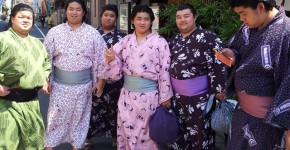

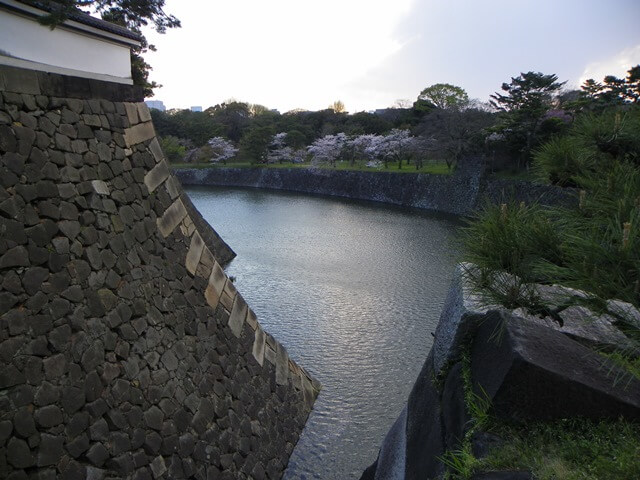

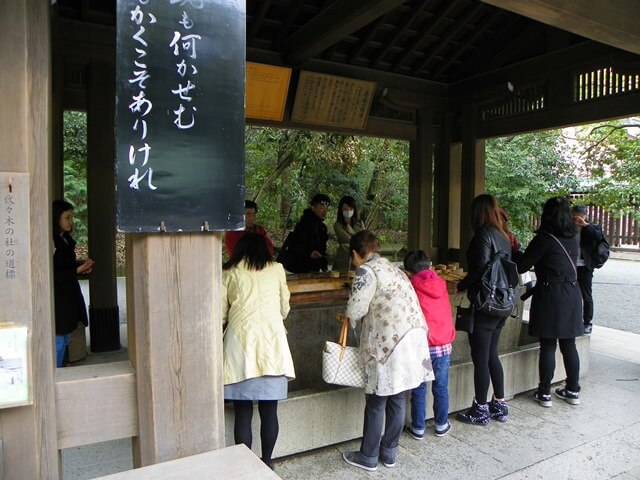
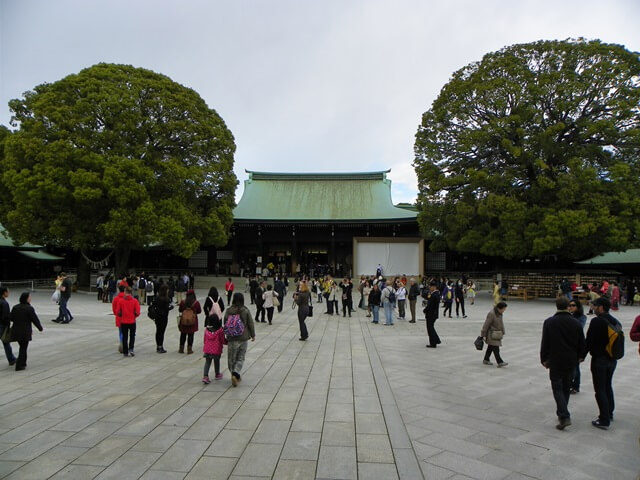
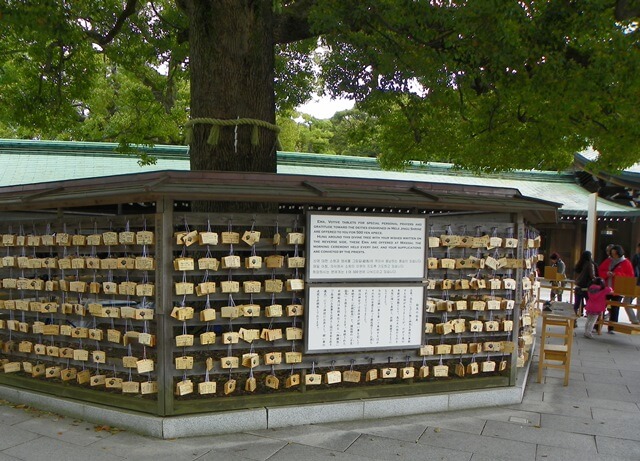
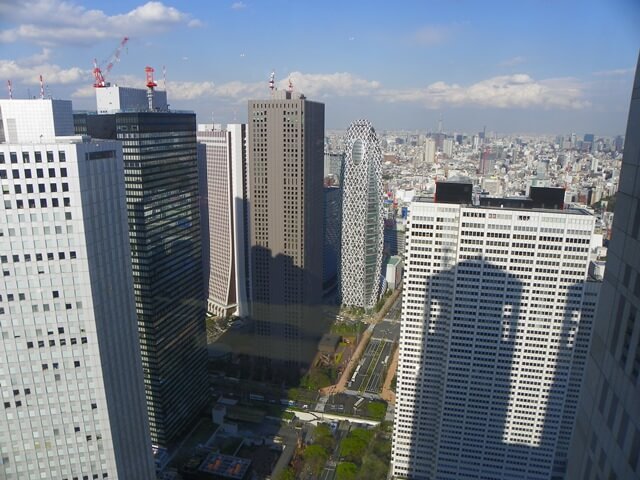
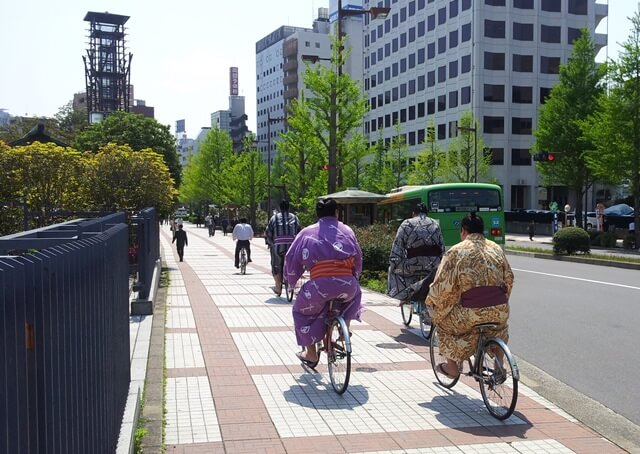
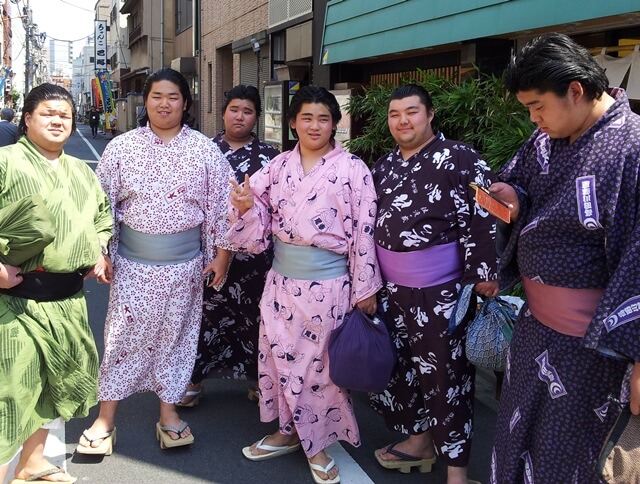
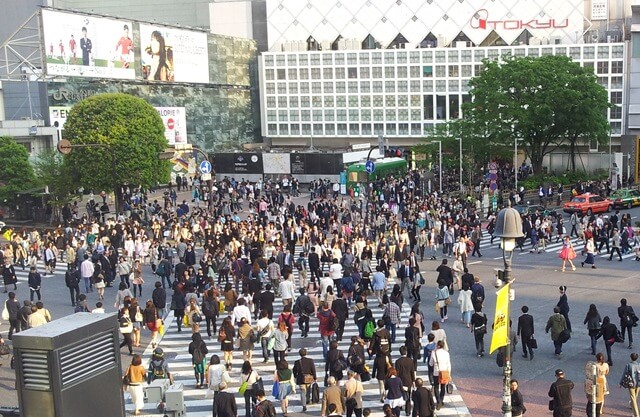
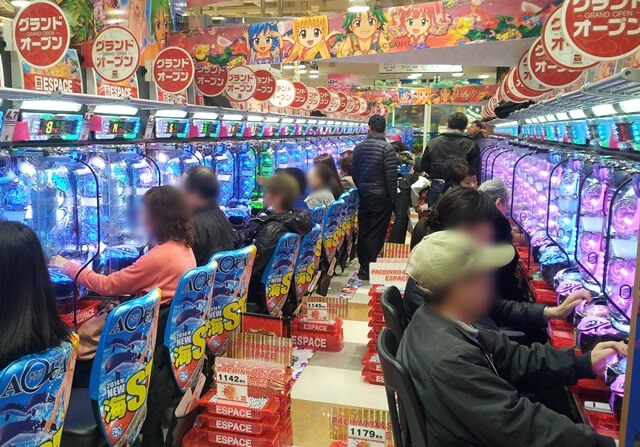
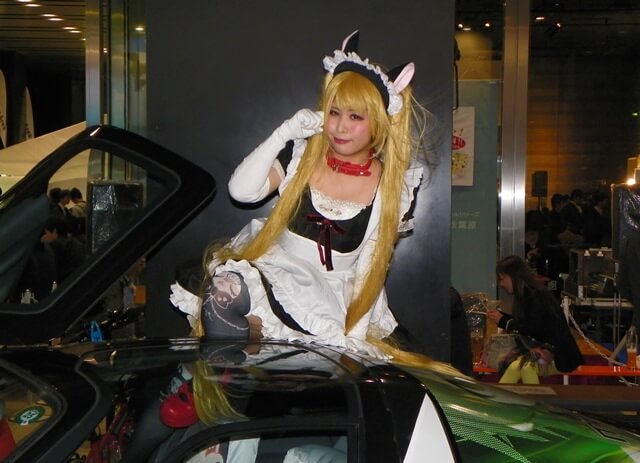

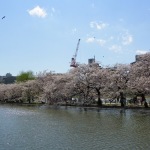
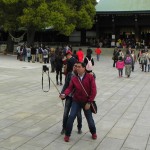
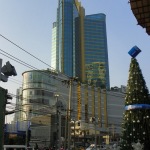
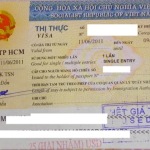
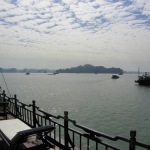

Comments
10 responses to “What to do in Tokyo? Anything from classic to crazy!”
Thanks for making the sights so easy to get to grip with. We’re going to be in Tokyo for one of the 3 grand sumo tournaments, I think this has to be near the top of our list of things to do 🙂
Oh yeah, that is one I still should do. 🙂
Very interesting article. Love the crazy sumo wrestlers 🙂
Watching a Sumo tournament in Japan is a must-see! The cheapest tickets are ok, amazing experience.
Hello Nat,
I believe you straight away!
Dear Robey,
Thank you for your comment! Yep, I loved the sumos too. My girlfriend and I were so lucky to see so many of them. 🙂
Amazing! You have covered pretty much the majority of the “must-see” places in Tokyo! I like your approach with this travel planning without using guidebooks beforehand and rely on local information!
A small comment – August and the first half of September -still very hot and humid in the most parts of Japan. February is definitely the best time to travel – the airfares are cheap and it is not crowded. Thank you for the article!
Dear Nat,
Thank you for your comment and compliments!
And thank you for your extra advice for travelling at which time.
I think in February Hokkaido with its massive amounts of snow is the place to go. 🙂
For a Swiss person??? Snow in Hokkaido is different from the snow in Switzerland. But if you want to experience some REAL massive amounts of snow (not for skying) – the Russian Far East is the best! Sakhalin or Kamchatka. Good luck with your new discoveries! Looking forward to your new articles!
Hello Nat,
I just can’t forget a picture – I once saw – of a road in Hokkaido in very early Spring and walls of snow on each side of that tiny road 7 to 8 meters high according to the picture description.
In Switzerland we “only” have 3 to 4 meters.
Just want to see that once! 🙂